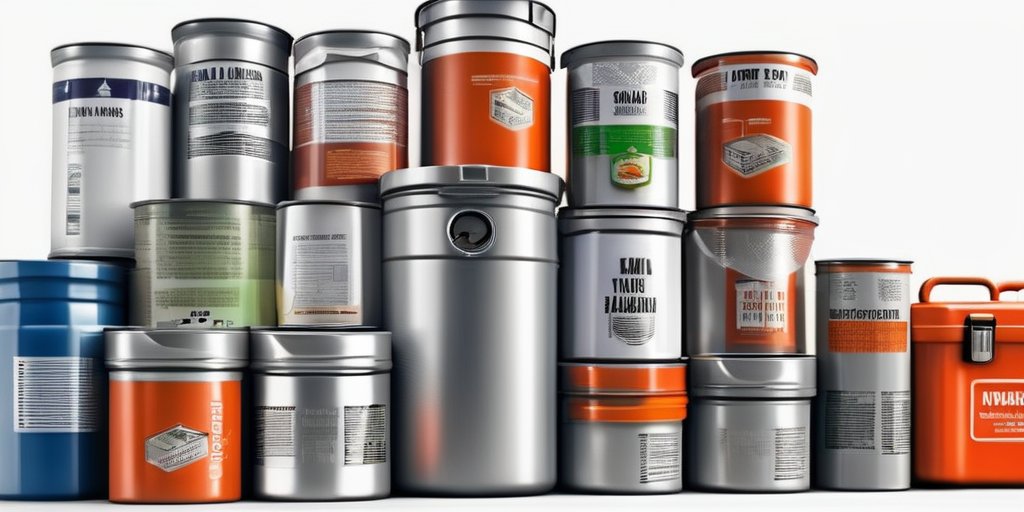The day after Donald Trump was elected in 2016, Eric Shonkwiler reevaluated the contents of his hiking bag, which he began to see as essential supplies for potential survival crises. This marked the beginning of his transformation into a prepper, emphasizing preparedness for emergencies. Living in Ohio with his wife and their Pomeranian dog, Rosemary, he has since amassed a six-month supply of food and water, alongside firearms and even chickens for sustenance—resources designed to bridge the gap in a disaster.
Similarly, Margaret Killjoy entered the prepping community after a scientist warned her about the impending collapse of the global food system due to climate change. Her concerns sparked a new journey, leading to the creation of a podcast named ‘Live Like the World is Dying’, focused on building a prepping community.
Traditionally, prepping has been associated with conservative circles, characterized often by the stereotype of the lone survivalist hoarding supplies. However, both Shonkwiler and Killjoy represent the emergent faction of left-wing preppers, redefining what it means to prepare for looming crises.
The present era is marked by diverse challenges, including climate change, pandemics, and geopolitical conflicts. For many left-wing preppers, this climate of uncertainty makes preparedness an essential practice, prioritizing mutual aid and community support rather than self-isolation.
The roots of prepping can be traced back to the Cold War, but it gained renewed recognition following significant national disasters and political shifts, including the election of Barack Obama in 2008 and later Donald Trump. These events sparked fears and anxieties surrounding government inadequacies during crises. Anna Maria Bounds, a sociology professor, notes that many preppers are driven by a pervasive fear that the government will be ‘overwhelmed, under-prepared and unwilling to help’ in times of distress.
Marlon Smith, who also began his prepping journey after experiencing an attempted coup in Trinidad, runs a fashion company while teaching survival skills on weekends. He has observed a growing interest in prepping within liberal circles, particularly as fears surrounding climate change and political unrest escalate.
Data on the total number of preppers in the United States is difficult to pin down, but estimates range from 5 million to upwards of 23 million. Despite this, about 80% of those surveyed consistently identify as politically right-leaning. However, anecdotal evidence suggests that interest among left-wing preppers is on the rise, with many creating newsletters and preparatory courses.
The major difference between left and right-wing preppers, as described by Mills, lies in their philosophies regarding community support. Left-wing preppers prefer collaboration and preparation as a community rather than the bunker mentality often associated with their right-wing counterparts. Both groups, however, ultimately focus on securing long-term food and water supplies to better weather any impending crises.
As Trump’s administration continues to slash climate funding and undermine numerous supportive organizations meant to combat natural disasters, preppers of all leanings are confronting these realities. Brekke Wagoner, a content creator, admits that her prepper journey began during Trump’s presidency, prompted by fears of government helplessness during a natural disaster.
Despite their shared fears, many left-wing preppers advocate for hope and community-building through preparedness, championing a positive vision for the future post-crisis. Shonkwiler believes that preparedness is merely the first step towards creating a better world. This community-oriented approach illustrates that absurdity does not necessarily define preparedness— the two sides can, and do, cooperate amid fears of community collapse.
